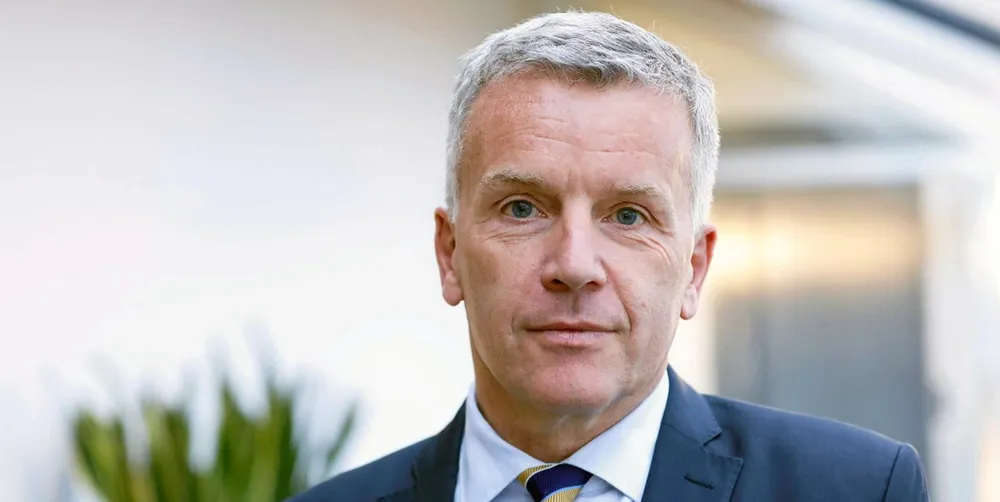Equinor says nine-fold boost of wind power needed to reach Paris climate goals
Norwegian oil major introduces new ‘Rebalance’ scenario in its annual energy market outlook that shows path for more climate-friendly development

Norwegian oil major introduces new ‘Rebalance’ scenario in its annual energy market outlook that shows path for more climate-friendly development
